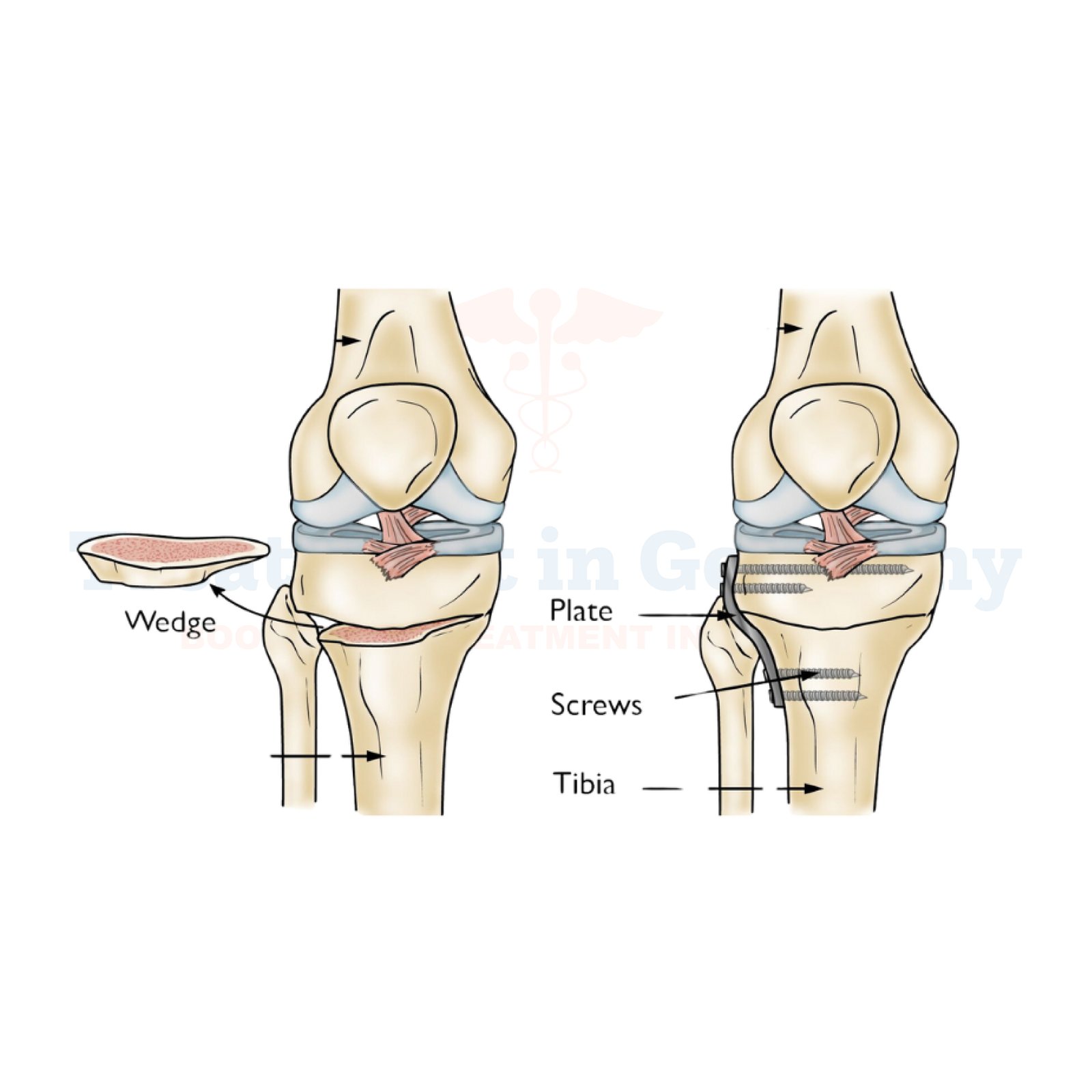Paget's Disease Treatment in Germany
Regain control of your mobility and live pain-free with world-class Paget's disease treatment in Germany.
What is Paget's Disease?
Paget's disease is a chronic condition that impacts the way bones regenerate, leading to fragile or deformed bones. It primarily affects older adults and commonly targets the pelvis, skull, spine, and legs. While there is no cure, precise and effective treatment can significantly improve quality of life, reduce pain, and restore mobility.
Side Effects of Paget’s Disease
Without treatment, Paget’s disease can lead to serious complications. These may include the following issues that disrupt daily life:
- Fractures: Weak bones are more prone to breaks.
- Joint Pain and Arthritis: The stress on nearby joints can lead to discomfort and limited movement.
- Bone Deformities: Misshaped bones may change your posture and cause additional strain.
- Hearing Loss: If the disease impacts the skull, hearing ability may be reduced.
Causes of Paget's Disease
While the exact cause of Paget's disease remains unclear, the condition is influenced by multiple factors, such as:
- Genetic Factors: Family history can increase the likelihood of developing the disease.
- Exposure to Viral Infections: Certain viruses may play a role in triggering bone turnover irregularities.
- Age: The risk grows significantly after the age of 55.
- European Descent: People of European origin are more commonly affected.
Symptoms of Paget’s Disease
Symptoms can vary or be non-existent in some cases. Common signs include:
- Bone Pain: Aching or deep pain, often worse at night.
- Deformities: Bowed legs, thickened skull, or curved spine.
- Warmth over Affected Areas: Increased blood flow to affected bones.
- Reduced Mobility: Difficulty in walking or moving freely.
- Neurological Issues: Nerve compression leading to headaches or tingling sensations.
Diagnosis of Paget's Disease
Proper diagnosis is key for effective treatment. The evaluation process may include:
- Blood Tests: Elevated alkaline phosphatase levels can indicate bone turnover issues.
- X-Rays: Clearly reveals bone deformities or damage.
- Bone Scans: Highlights active bone remodeling areas.
- Biopsies (if needed): Confirms the presence of other conditions affecting the bone structure.
Paget's Disease Treatment in Germany
Even though a cure for Paget’s disease does not exist, advanced treatment options in Germany are available to help manage the condition effectively:
- Bisphosphonates: These medications slow bone breakdown and strengthen the skeleton, helping reduce pain and prevent further fractures.
- Pain Management: Advanced therapies are available to control discomfort, allowing for better mobility.
- Surgical Options (when necessary): Repairs deformities or replaces damaged joints.
- Physical Therapy: Customized plans to improve strength and support mobility.
Prevention and Management
While Paget's disease cannot be entirely prevented, proper management strategies can help minimize its effects:
- Regular Monitoring: Ongoing evaluations enable early detection and better management.
- Nutritious Diet: Consuming foods rich in calcium and vitamin D for bone health.
- Safe Exercise: Low-impact physical activities to maintain strength and flexibility.
- Consult with Experts: Proactive medical advice tailored to individual health needs.
Why Choose Treatment in Germany?
Germany has developed a reputation for offering cutting-edge and patient-first medical care, especially for managing complex conditions such as Paget's disease:
- World-Class Facilities: Leading hospitals equipped with advanced technology.
- Highly Skilled Specialists: Experienced doctors who focus on orthopedic and metabolic bone diseases.
- Comprehensive Care Plans: Personalization and attention to every detail of your treatment.
- Innovative Treatments: Access to the latest breakthroughs in bisphosphonates and pain management therapies.
- Patient-Centric Focus: Germany is known for providing exceptional care and ensuring patient comfort throughout the treatment process.
Conclusion
Paget’s disease doesn’t have to define your mobility or quality of life. With specialized treatment in Germany, you can gain access to expert care that delivers real results. Germany’s advanced medical infrastructure and dedicated specialists make it a premier destination for addressing conditions like Paget’s disease. Don’t wait to reclaim your health and mobility; start your journey toward improved bone health today.

.webp)
.webp)
 (1).webp)
 (1).webp)

.webp)
.webp)
 (1).webp)
 (1).webp)
